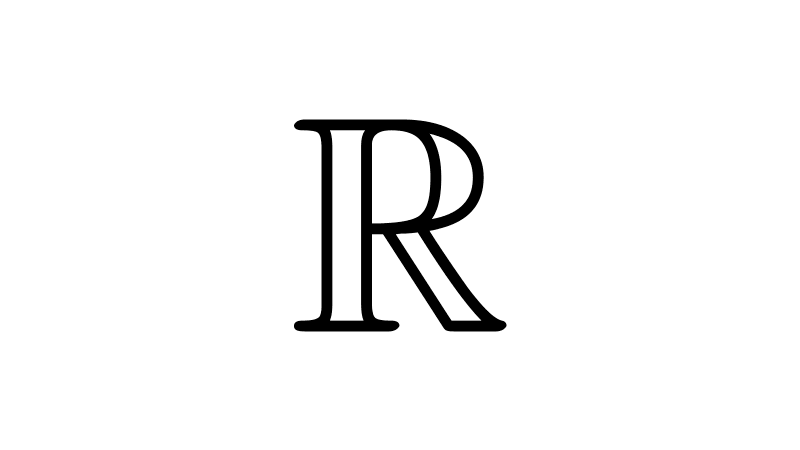
Integers
Integers are the elements of the set that includes natural numbers (1, 2, 3, ...), the opposites of natural numbers (-1, -2, -3, ...), and the number zero (0).
The opposites of natural numbers are called negative integers and are identified by a minus sign (-) in front of them, which should be read; for example, -10 is read as "negative ten." Natural numbers are called positive integers and can be identified with a plus sign (+) in front of them; however, if nothing is written before the number, it is assumed to be positive. Zero is neither positive nor negative, but neutral.
Some examples of integers are: -40, 2, 0, 27, -34, 18, -245, 5, -9, 14. Fractional numbers like 1/2 or real numbers like π are not integers.
Table of Contents
What are integers for?
The concept of integers arose from the need to represent quantities that cannot be expressed with natural numbers, such as the absence of objects or quantities below zero. In this way, the utility of numbers for counting things is extended.
Some examples of their use in everyday life are:
- Temperatures: Integers are commonly used to represent temperatures. For example, 5°C represents a positive temperature above zero, while -5°C represents a colder temperature that is below 0°C, meaning it is negative.
- Bank balance: A positive balance indicates that there is money in the account, for example, $100. However, a negative balance indicates a debt, for example, -$50 means that $50 is owed to the bank.
- Profits and losses: If a company has a profit of $1000, this is represented by the positive integer +1000 or simply 1000; on the other hand, if it has a loss of $500, it is expressed with the negative integer -500.
- Altitudes: Integers are used to represent altitudes relative to sea level. For example, Mount Aconcagua is the highest mountain in South America, and its altitude is approximately 6960 meters above sea level. The Dead Sea, located between Israel and Jordan, is 430 meters below sea level, which can be represented by the negative integer -430 meters.
From a mathematical standpoint, integers allow for subtractions where the minuend is smaller than the subtrahend, i.e., the operation *a-b* where *a* is less than *b,* for example: *5-10=-5.* This was something that could not be done with natural numbers.
The set of integers
The set whose elements are the positive integers, the negative integers, and zero is called the set of integers and is symbolized by the letter Z:
*\mathbb{Z}=\{...,-3,-2,-1,0,1,2,3,...\}*
Every natural number is also an integer, which is symbolized as *\mathbb{N}⊆\mathbb{Z}.* Every integer is rational and real, but not all rational and real numbers are integers. For example, the numbers *2/3,* *-7/2,* *\sqrt{2}* and *\pi* are not integers.
There are two common ways to classify integers:
- Positive, negative, and zero: Positive integers are those greater than zero, for example: 1, 7, 24, 5, 30, etc. Negative integers are those less than zero, for example: -1, -30, -17, -12, -75, etc. Zero is the integer that is neither positive nor negative.
- Even and odd: If an integer can be divided by 2 exactly, meaning with a remainder of zero, it is said to be an even integer, for example: -4, -2, 0, 2, 4, 6, etc. If the division is not exact, the number is said to be an odd integer, for example: -3, -1, 1, 3, 5, etc.
The set of positive integers is represented by the letter Z with a "+" exponent. This set is identical to the set of natural numbers, *\mathbb{N}.*
*\mathbb{Z}^+=\{1,2,3,4,5,6,...\}*
The set of negative integers is represented using the letter Z with a "-" exponent:
*\mathbb{Z}^-=\{-1,-2,-3,-4,-5,-6,...\}*
Zero can be included in either of these two subsets by using the subscript "0", resulting in *\mathbb{Z}^+_0~* (the set of whole numbers) and *~\mathbb{Z}^-_0.*
Characteristics and properties
The set of integers has the following properties:
- It is ordered and infinite, which means that new integers can always be found, and any two different integers can be compared to determine which is smaller or larger.
- It has no first element or last element, meaning there is no integer that is smaller than all others, nor one that is the largest. This distinguishes it from the set of natural numbers, which does have a first element, the number 1.
- Every integer has a successor and a predecessor. An integer and its successor are called consecutive. The successor of an integer can be obtained by adding 1, and its predecessor by subtracting 1. For example, the integer -5 has -4 as its successor and -6 as its predecessor.
- Between any two integers, there is always a finite number of integers. For this reason, it is called a discrete set, or not dense. Between an integer and its successor, there is no other integer.
Graphical representation
We can represent integers on a number line. To do this, zero is placed at a point, positive integers are located to its right with equal spacing between them, and negative integers are located to the left of zero.

Integers become larger as we move to the right and smaller as we move to the left. Positive integers are larger the farther they are from zero, while negative integers are larger the closer they are to zero.
An integer is larger than another if it is located to the right of it on the number line. For example, *3* is larger than *-4,* symbolically *3>-4,* because *3* is to the right of *-4.*
The absolute value of an integer is defined as its distance from zero on the number line and is symbolized by two vertical bars around the number. The absolute value can be calculated as follows:
- If the integer is positive or zero, then its absolute value is the same number.
- If the integer is negative, then its absolute value is its opposite number.
For example: *|0|=0,* *~~|5|=5,* *~~|-7|=7.*
Operations
The basic operations with integers are addition, subtraction, multiplication, and division. We will look at how to perform them and their properties below.
Addition
To perform the addition of two integers, we must look at their signs:
Same sign: If both integers have the same sign (positive or negative), the result is another integer with the same sign whose absolute value is equal to the sum of the absolute values of the original numbers. For example:
*2+3=5*
*-4+(-2)=-6*
Different signs: If the integers have different signs, the result is obtained by subtracting the absolute value of the smaller number from the absolute value of the larger number. The sign of the result is the same as the sign of the larger number.
*8+(-9)=-1*
*-6+9=3*
Properties of Addition
- Commutative property: The order of the numbers does not alter the result of the sum. If *a* and *b* are two integers, then *a+b=b+a.*
- Associative property: The grouping of the numbers does not alter the result of the sum. If *a, b,* and *c* are three integers, then *a+(b+c)=(a+b)+c* holds true.
- Identity element: Zero is the identity element for addition, which means that adding any integer to zero does not change its original value. If *a* is an integer, then *a+0=a.*
- Additive inverse: Every integer has an additive inverse, which is the number that, when added to it, results in zero. The additive inverse of an integer *a* is *-a* because *a+(-a)=0.*
Subtraction
If *a* and *b* are two integers, the subtraction of *b* from *a* is represented as *a-b;* *a* is the minuend and *b* is the subtrahend. Subtraction can be seen as the sum of the minuend and the opposite of the subtrahend. Thus, the subtraction *a-b* is solved by calculating *a+(-b)* and using the rules of addition we just saw.
*4-3=4+(-3)=1*
*-5-(-3)=-5+3=-2*
*10-(-5)=10+5=15*
Multiplication
Integer multiplication follows the standard rules of multiplication. The product of two integers will be positive if both numbers have the same sign, and it will be negative if the numbers have different signs. This is known as the rule of signs.
*7\cdot 2=14*
*(-7)\cdot 2=-14*
*3\cdot (-2)=-6*
*(-2)\cdot (-4)=8*
Properties of Multiplication
- Commutative property: The order of the factors does not alter the result of the multiplication. If *a* and *b* are two integers, then *a\cdot b=b\cdot a.*
- Associative property: The grouping of the numbers does not alter the result of the multiplication. If *a, b,* and *c* are three integers, then *a\cdot (b\cdot c)=(a\cdot b)\cdot c* holds true.
- Identity element: One is the identity element for multiplication, which means that multiplying any integer by 1 does not change its original value. If *a* is an integer, then *a\cdot 1=a.*
- Distributive property: Multiplication can be distributed with respect to addition. Thus, if *a, b,* and *c* are integers, it holds that *a\cdot (b+c)=a\cdot b+a\cdot c.*
Division
Division is a mathematical operation that tells us how many times one number (called the divisor) is contained in another number (called the dividend). The result of the division is called the quotient.
When working with integers, the result of a division may not be an integer. To ensure the result is an integer, the dividend must be a multiple of the divisor. If this happens, the division will be exact.
The same rule of signs as in multiplication is followed: if the dividend and the divisor have the same sign, the result is positive; if they have different signs, the result is negative. For example:
*10÷2=5*
*6÷(-3)=-2*
*-8÷2=-4*
*-12÷(-6)=2*
Limitations of integers
Integers, despite solving the subtraction problem that arose with natural numbers, are still insufficient for certain situations related to division:
- The exact division of two integers cannot be performed if the dividend is not a multiple of the divisor, as the result is not an integer. For example, the divisions *4÷3~* and *~7÷5* have no solution in the set of integers.
- Integers cannot be used to represent quantities like half a chocolate bar, a third of a pizza, or half a meter.
From another perspective, equations like *2x=3* cannot be solved, as there is no integer *x* that satisfies this equality. To overcome this, other types of numbers are introduced: rational numbers and later real numbers.
Leave a Reply

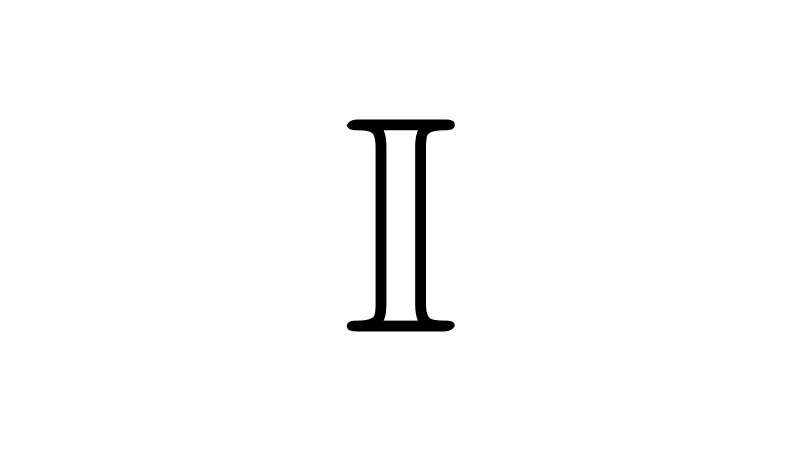
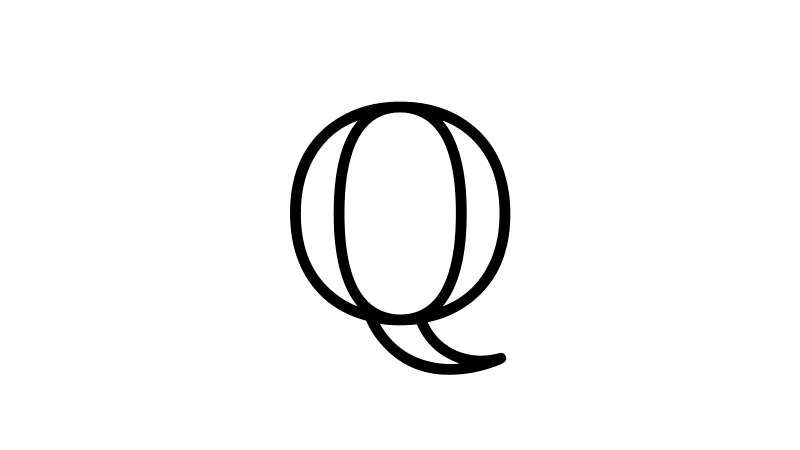
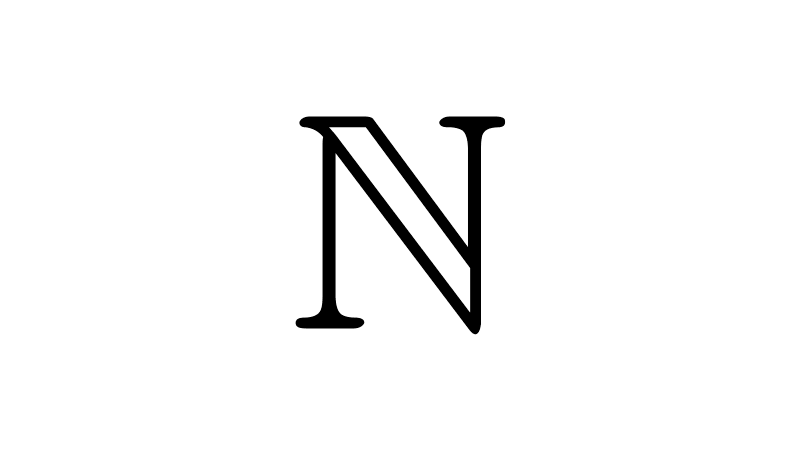
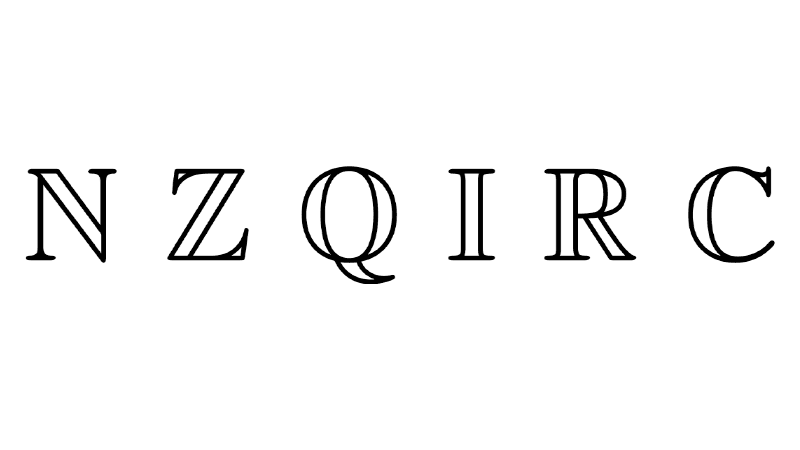
Related posts